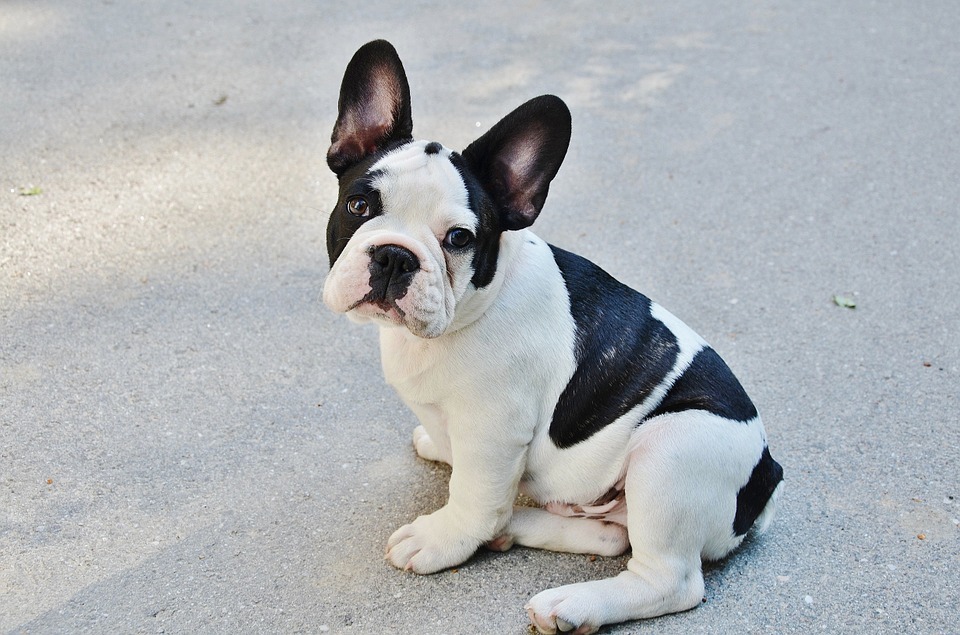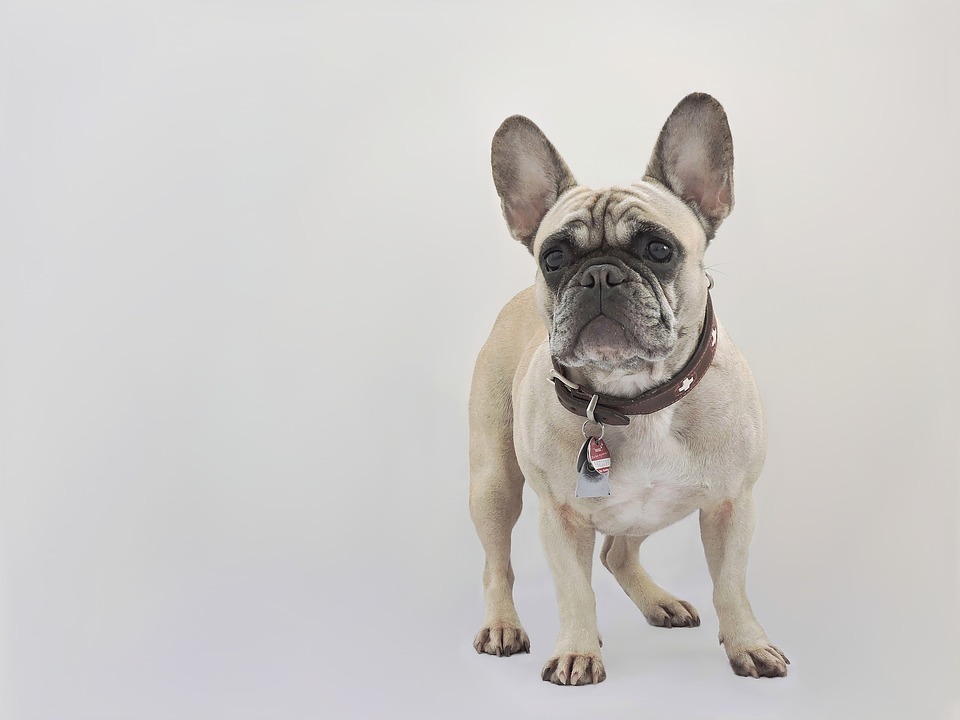The French Bulldog is one of the world’s most popular small-dog breeds, especially to those who live in the city. The breed has enjoyed a long history of being a companion dog. It has accompanied English lace makers in England to France where it acquired its Frenchie moniker. Today, French Bulldogs are fabulous family friends, and show dogs as well. But it is a rare dog breed, that’s why you need patience to wait if you want one as a pet. If you want to know more about French Bulldogs, read on and discover its history and learn about their characteristics.
History
England, France, and America are the three important countries to note when discussing the history of the French Bulldog. The foundation for the modern Frenchie we have today was provided by England with the old bulldog. In France, breeders developed the smaller bulldogs into a distinctly “French” type. And in America, breeders have set the standard that prescribed the all-important “bat ears”.
The French Bulldog we have today came descended from the dogs of Molossians, an Ancient Greek tribe from 1500-2000 years ago. These dogs were strong, athletic, high on leg, and were used in a barbarous activity called “bull-baiting”. These dogs became popular and was spread by Phoenician traders throughout the ancient world. The British Molossian dogs were then developed into the Mastiff.
In 1835, bull-baiting and other blood sports were outlawed, leaving the “Bulldogs” unemployed. But since at least 1800, they were being bred for non-sporting reasons that’s why their use changed from a sporting dog breed to a companion breed. Some bulldogs were crossed with terriers to reduce their size and they were called ratter dogs from the “slums” of England.
The Toy Bulldog became popular in England by 1850. During the same period of time, lace workers from Nottingham began to settle in Normandy, France when they were exiled by the Industrial Revolution. They brought different kinds of dogs with them, including the Miniature Bulldogs. These dogs became popular in France which created a trade in imported small Bulldogs. Breeders in England sent over Bulldogs which they consider to be too small or with faults like having ears that stood up.
In 1860, only a few Miniature Bulldogs were left in England and their popularity in France also declined because of the exploits of specialist dog exporters. The miniature bulldog was gradually thought if as a breed and it received the name “Bouledogue Francais”. They were highly fashionable dogs which were sought after by society ladies and as well as creatives such as writers and artists. However, there were no records kept about the development of the breed because it diverged further away from its original Bulldog roots.
In 1885, they were brought to America to set up a breeding program and they were first displayed at the Westminster Kennel Club Dog show in 1896. The French Bulldog Club of America was formed and it created the breed standard stating that the erect bat ear was the correct type for these bulldogs.
In 1906, the American Kennel Club recognized the breed and it became one of the most popular dog breeds in America. The AKC also recognized them separate from the English variety and later in 1912, the breed’s name changed to French Bulldog. It was also given the nickname “Frenchie” which is still an affectionate name that is used in the present time.
Characteristics of a French Bulldog
Average height: 11 inches – 1 foot tall
Average weight: 16 – 28 pounds
Hypoallergenic: No
The French Bulldog belongs to the companion dogs breed group and they can live from 11 to 14 years. They are generally 11 to 12 inches tall. Males can weigh from 20 to 28 pounds while females can weigh from 16 to 24 pounds.
French Bulldogs have short coats which are smooth, shiny, and fine. They also have loose and wrinkled skin at the head and shoulders which has a soft texture. They come in different colors such as cream, shades of brindle, and fawn. Some are even patterned with specks and streaks of light and dark markings. They come in any color except solid black, mouse, liver, and black with white or tan.
They are smart and loving dogs who want lots of time with their people. They can also get along well with children. However, they are not so tiny that’s why they can’t live in a household with a toddler. French Bulldogs can also get along well with other dogs and cats but they might become jealous toward other pets especially if those other pets are getting attention from their very own person.
Caring for French Bulldogs
French Bulldogs have low energy levels, therefore, they do not need a lot of exercise. But you need to keep their weight down through daily exercise such as short walks or play times in the yard. They should not be exercised in hot temperatures because they are prone to heat exhaustion. Try to limit walks and active play to cool mornings and evenings.
French Bulldogs are easy to groom because they only need occasional brushing to keep their coats healthy. They are also average shedders. You can bathe them monthly or as needed and use a high-quality shampoo to keep their natural oils in their skin and coats. Remember to clean their ears regularly as well using a damp warm cloth then run a cotton swab around the edge of their ear canals. If their ear canal edges are dry, you can apply some mineral oil or baby oil to it. That can also be used on a dry nose.
The amount of food recommended for French Bulldogs is 1 to 1.5 cups a day divided into two meals. The amount of food should depend on your pet’s age, size, build, activity level, and as well as metabolism. Feed them high quality dog foods as well because the better the food they eat, the further it will go toward nourishing them.
If you’re looking for a companion pet that you can always play with and be with at home, then a French Bulldog might be the best dog breed for you.


